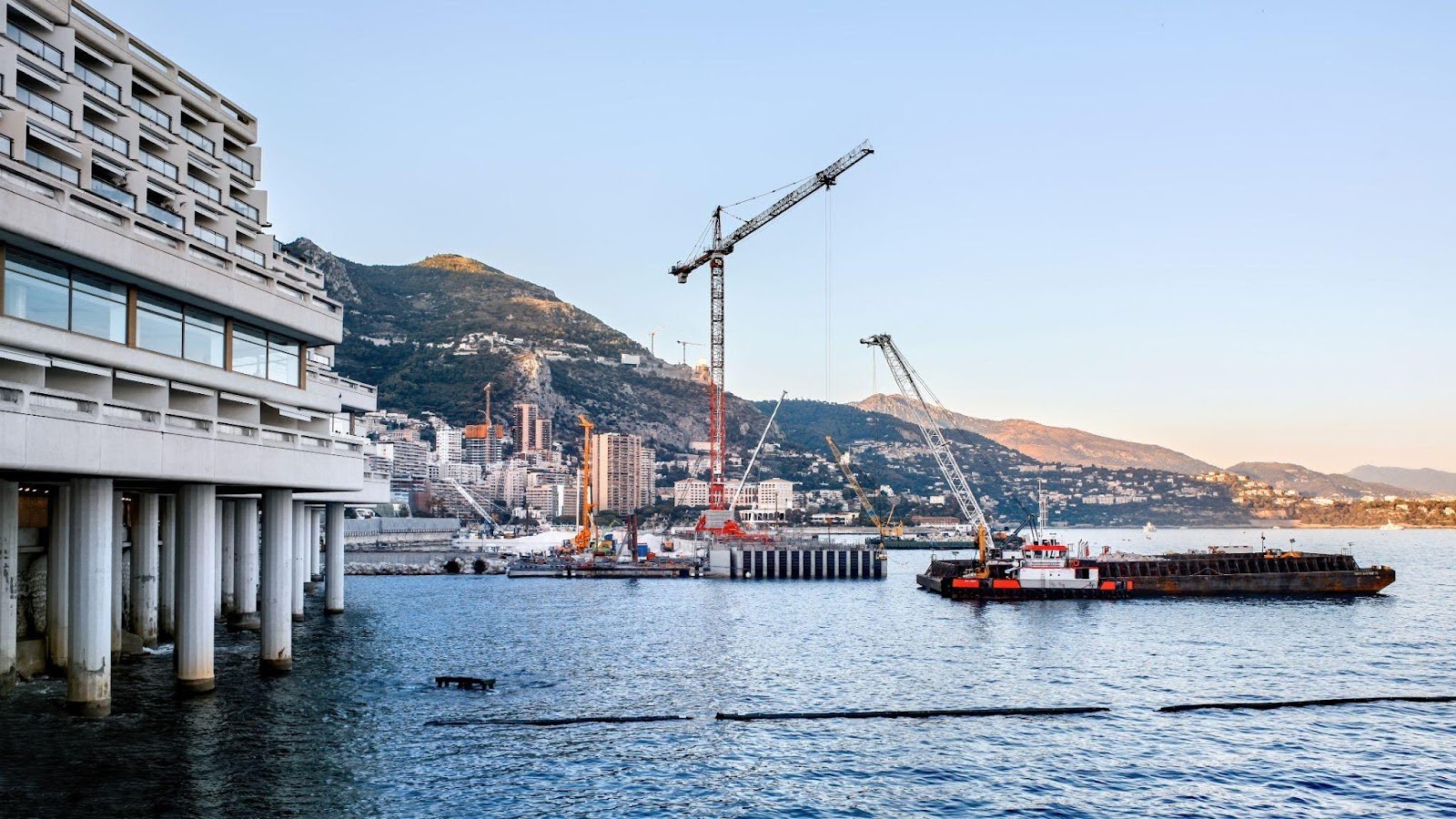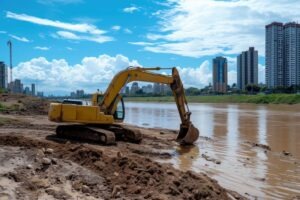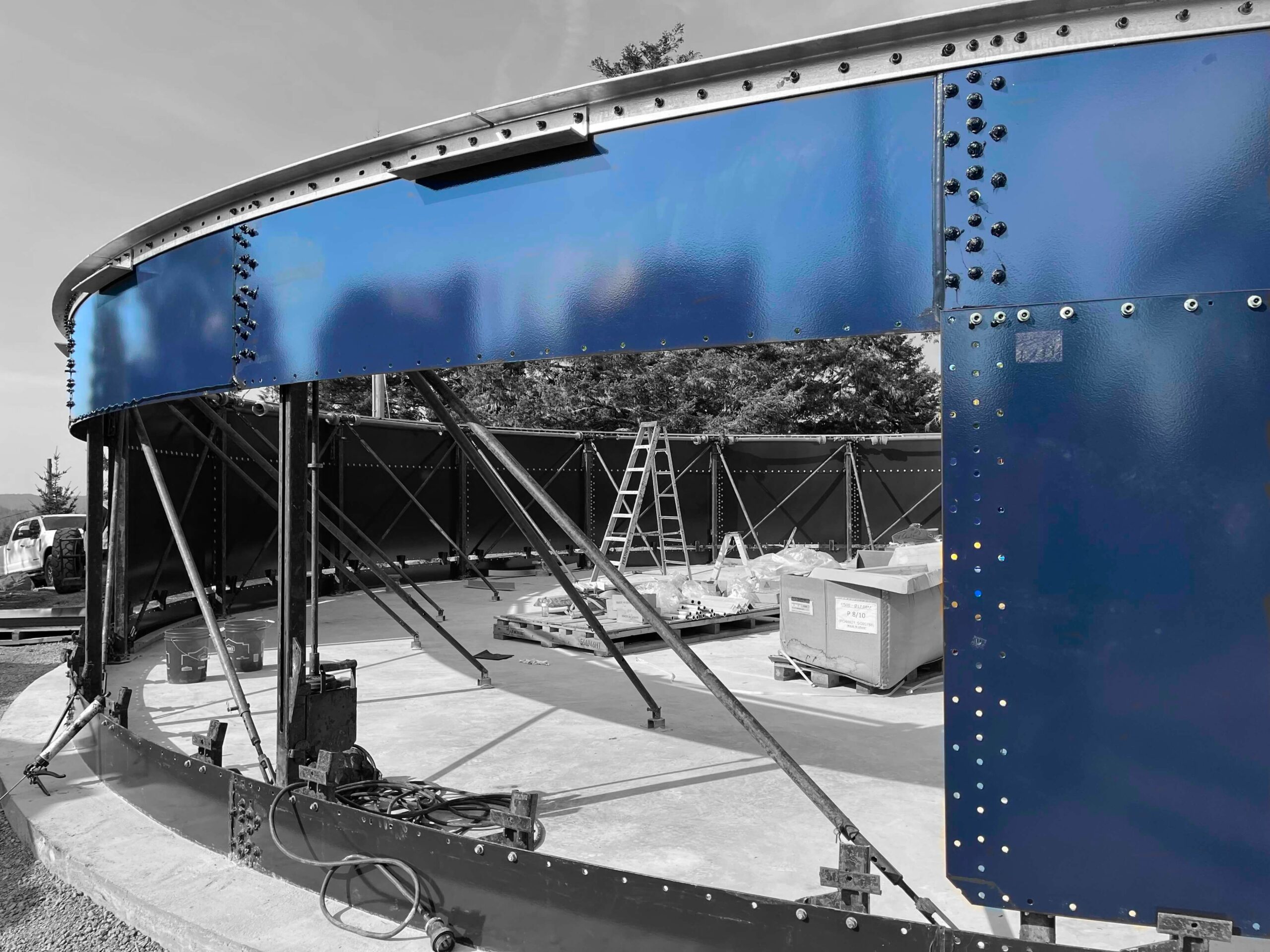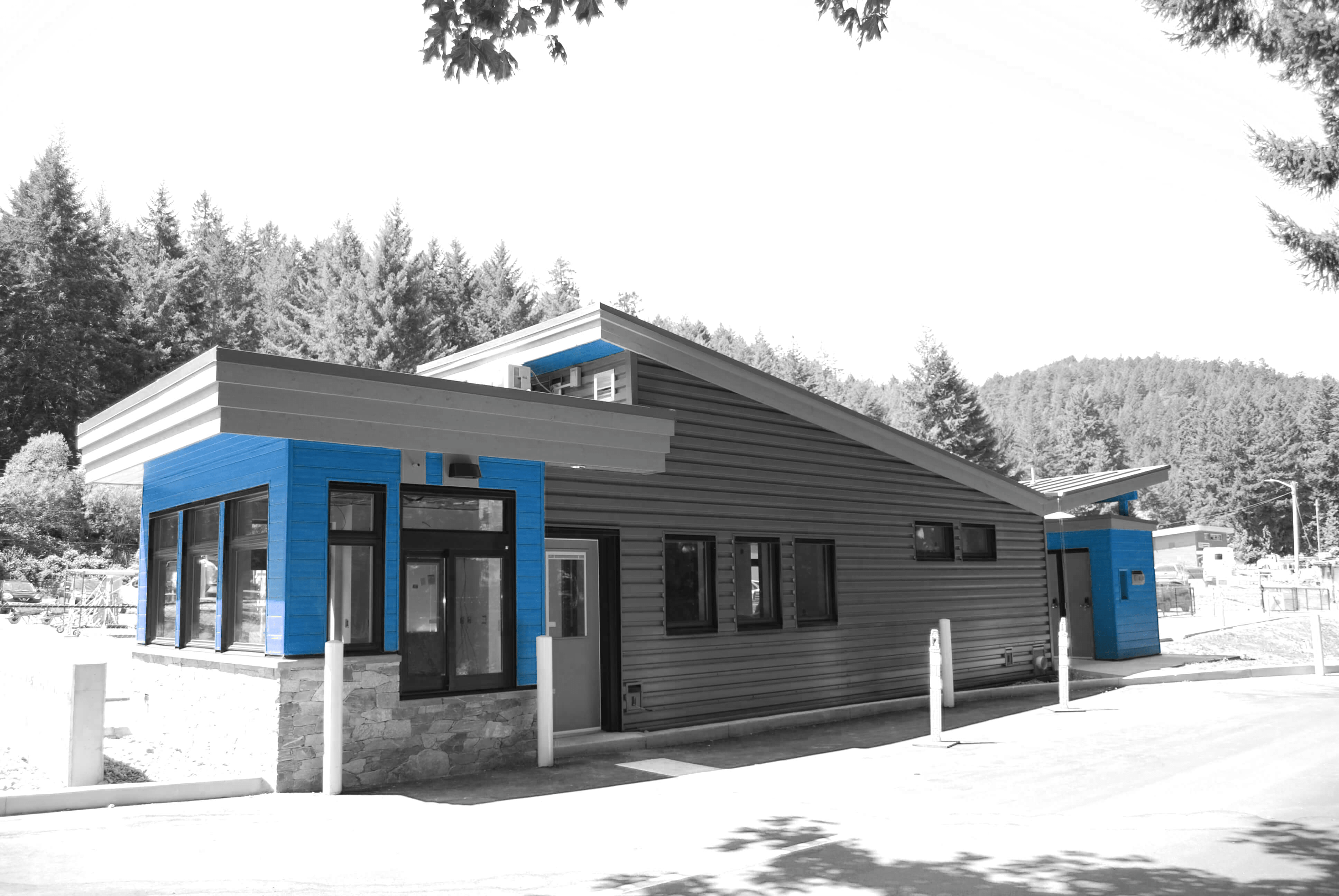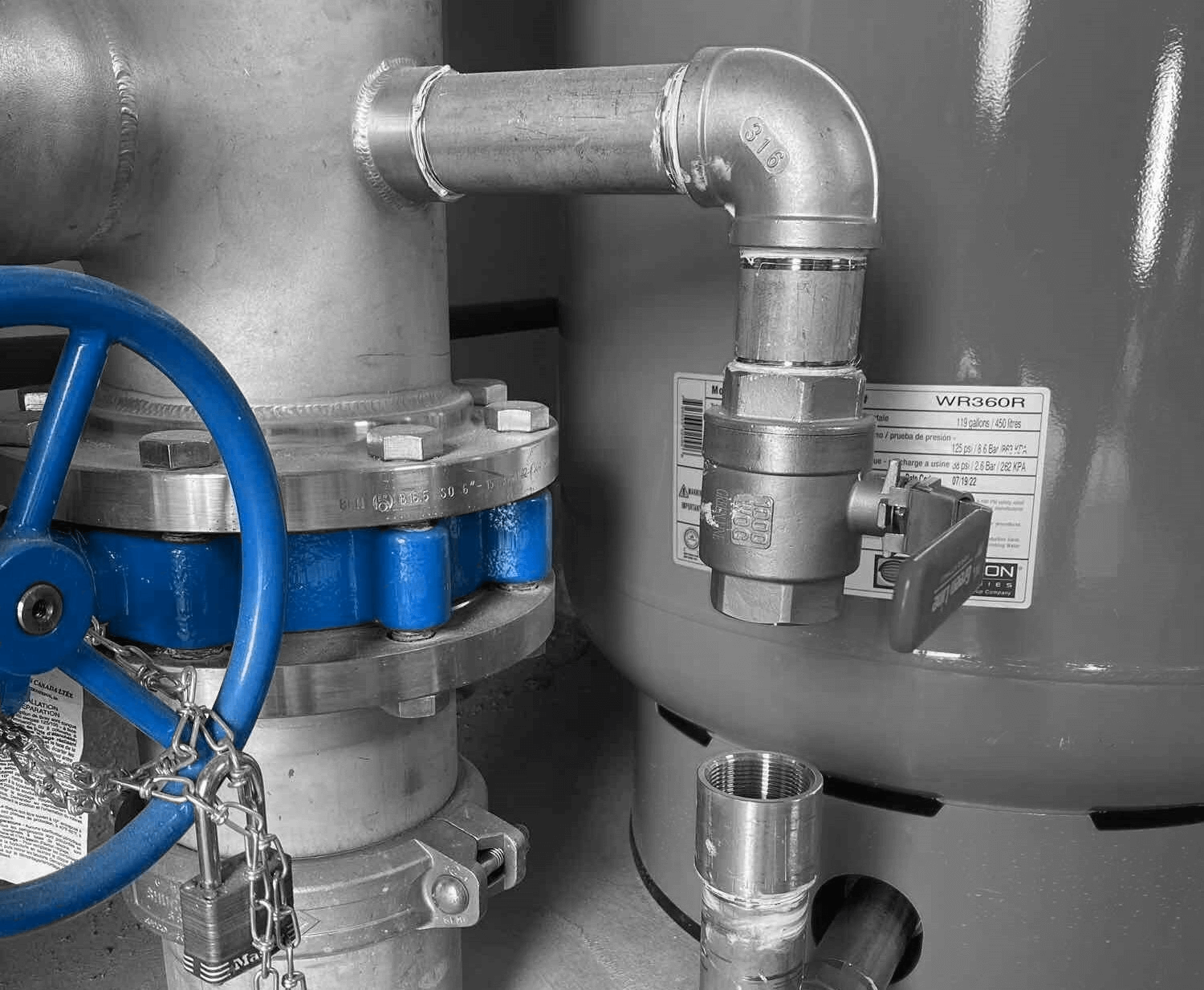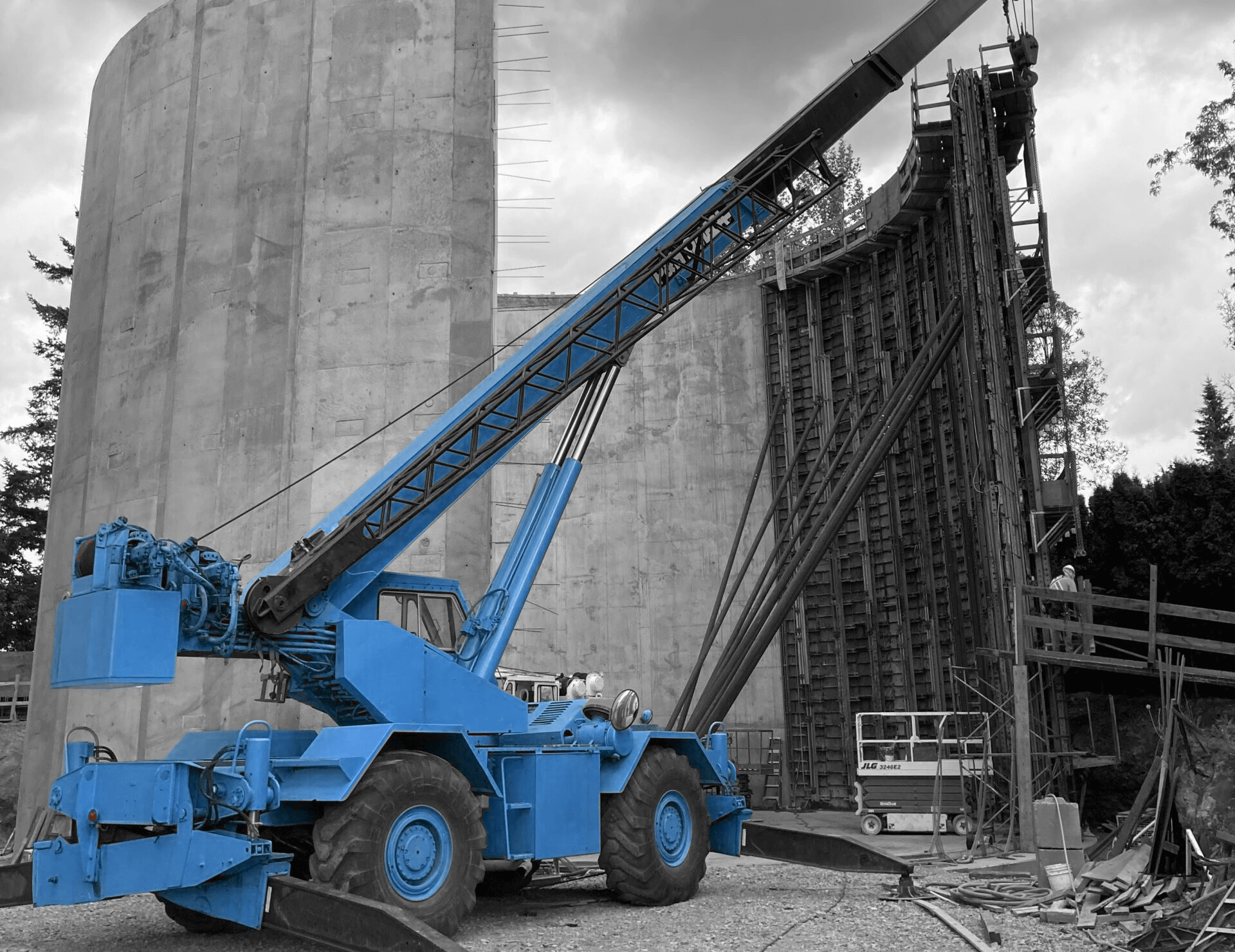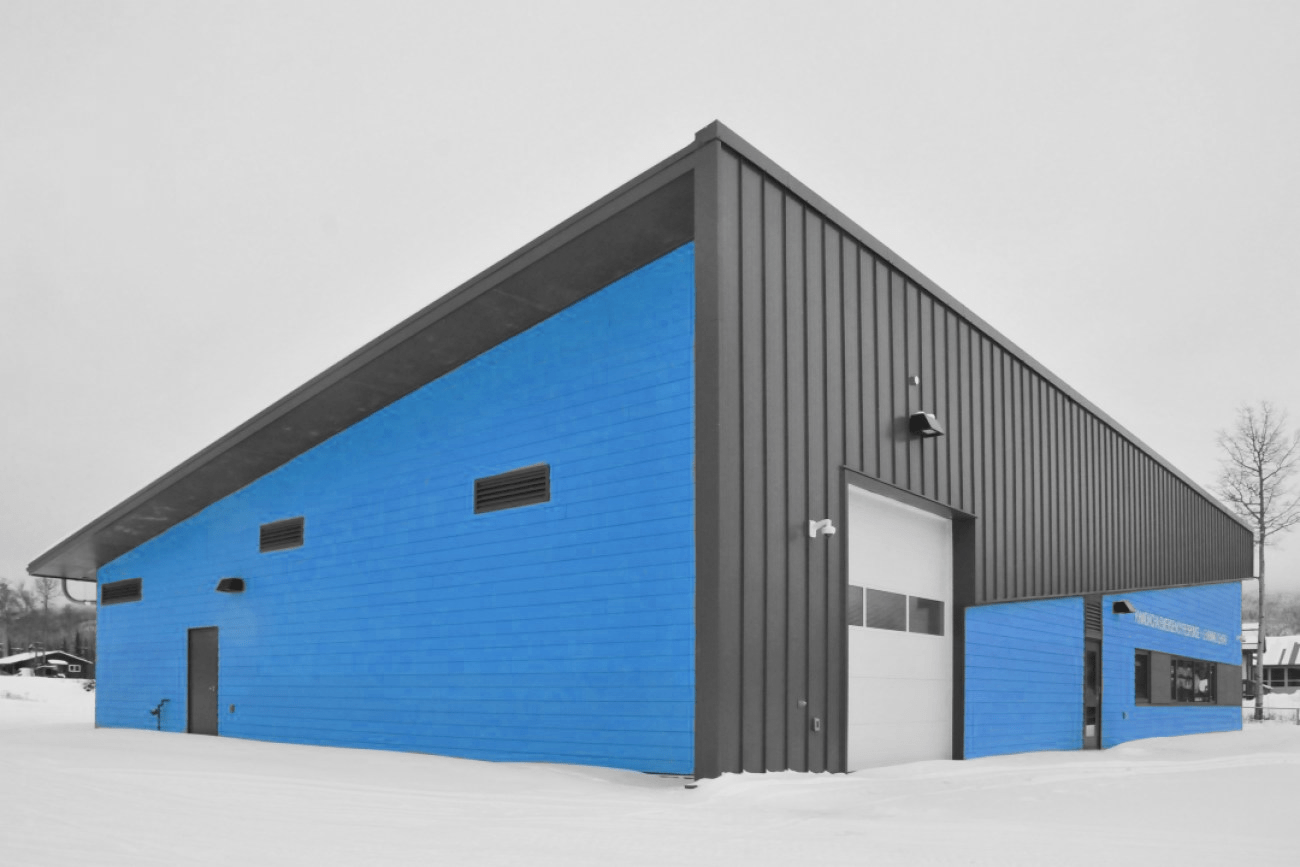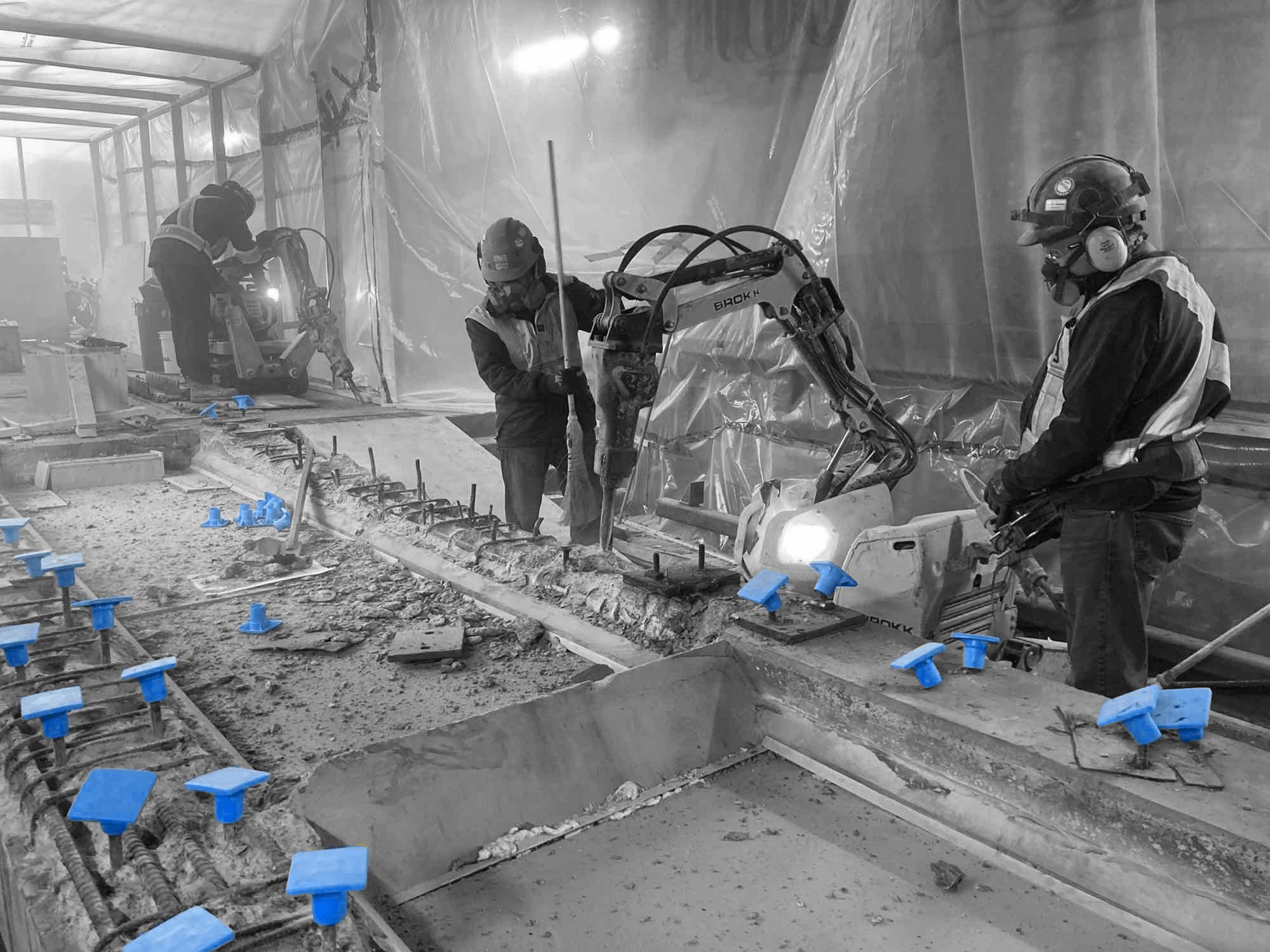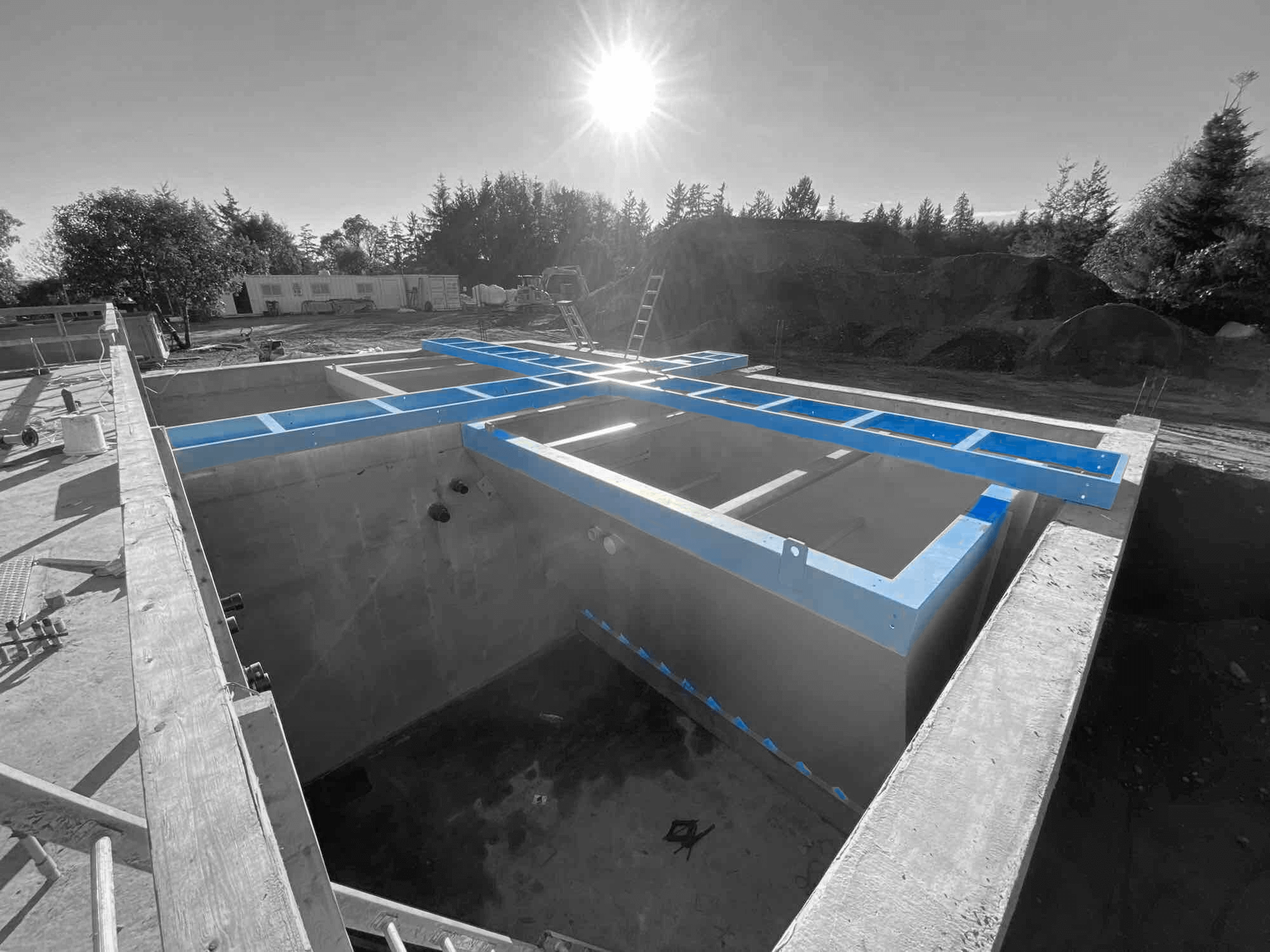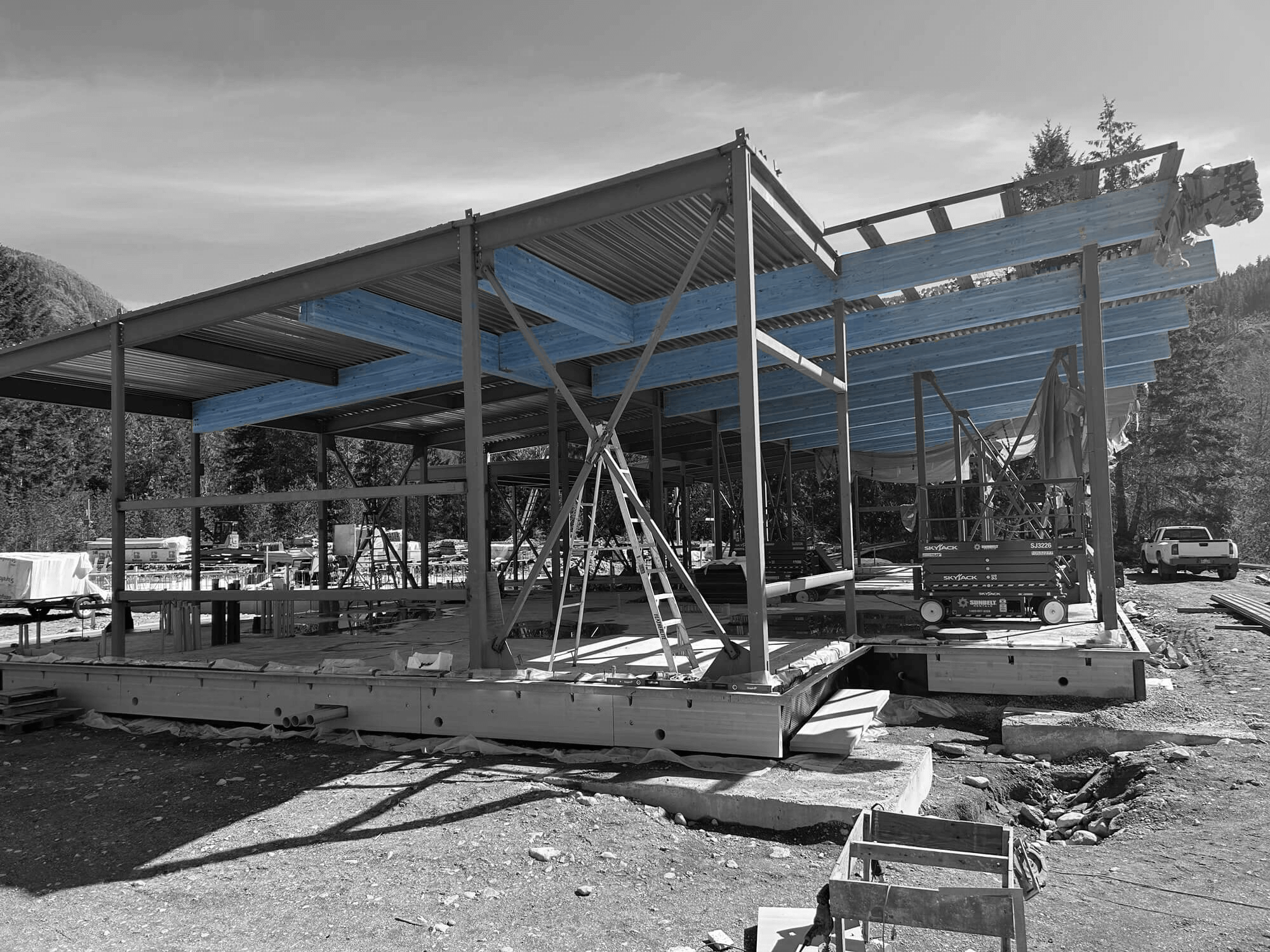Marine construction is a crucial field that focuses on building structures in water. This includes docks, piers, bridges, and more. These structures play an essential role in transportation, trade, and many other industries. Without them, it would be challenging to move goods and people across bodies of water.
In this article, we will explore some of the key techniques used in marine construction. We will look at the common methods, the materials involved, and the challenges that professionals face. By understanding these factors, you will gain a better insight into the complexities and innovations in marine construction.
Overview of Marine Construction
Marine construction involves building structures in water environments such as oceans, rivers, and lakes. This field includes a variety of projects like docks, ports, seawalls, bridges, and underwater pipelines. These structures are essential for commerce, transportation, and protection against natural events like storms and floods.
EPC/Design-Build is a common approach in marine construction. The contractor handles engineering, procurement, and construction, ensuring the project meets client specifications from start to finish. This method streamlines the construction process and can lead to more efficient project completion.
Civil Construction and General Contracting also play significant roles in marine projects. Civil construction focuses on the infrastructure, such as piers and seawalls, whereas general contracting oversees the entire construction process, ensuring all parts come together seamlessly. Experienced contractors coordinate various aspects, making sure projects are completed on time and within budget.
The industry relies heavily on specialized skills and knowledge due to the challenges presented by water. Understanding tides, wave action, and underwater conditions is crucial for planning and executing successful marine construction projects.
Common Techniques in Marine Construction
Several techniques are fundamental in marine construction. Each method is chosen based on the project’s specific needs and environmental conditions.
1. Pile Driving
Piles, or long columns, are driven into the seabed or riverbed to create a stable foundation. They can be made of wood, concrete, or steel. Pile driving ensures the structure remains stable despite the shifting water dynamics.
2. Cofferdams
Cofferdams are temporary enclosures built to keep water out of the work area. They allow for dry construction in underwater environments. These structures are crucial for tasks like bridge piers or dam repairs.
3. Caissons
Caissons are watertight structures used for underwater construction. They can be floated into position and then sunk to form foundations. There are different types of caissons, including open, pneumatic, and box caissons, each suited for different conditions.
4. Dredging
Dredging involves removing sediment and debris from the bottom of water bodies. This technique is essential for creating or maintaining navigable waterways, ports, and harbours. It ensures that ships can pass through without obstruction.
5. Underwater Welding
This technique is used to join metal components underwater. It requires special equipment and skilled welders. Underwater welding is vital for repairing ships, submarines, and underwater pipelines.
By using these techniques, marine construction professionals can build and maintain critical infrastructure in challenging water environments. Each method is chosen based on the project’s specific needs, ensuring the structure’s longevity and stability.
Materials Used in Marine Construction
Materials used in marine construction must withstand harsh conditions, such as saltwater corrosion, strong currents, and varying temperatures. Selecting the right materials is crucial for the durability and longevity of marine structures.
Concrete is one of the most common materials. Marine-grade concrete is specially formulated to resist saltwater and prevent corrosion. It’s often used for constructing piers, docks, and underwater foundations.
Steel is another essential material. It’s strong and can support heavy loads, making it ideal for underwater pipelines, bridges, and other structural components. Steel used in marine construction is typically coated or treated to resist rust and corrosion from seawater exposure.
Wood is also used, especially for pile driving and smaller docks. Treated wood can withstand water and is relatively easy to handle and install. However, it requires regular maintenance to ensure it remains free from rot and pests.
Fibreglass and Composites: These modern materials are becoming more popular due to their resistance to corrosion and lightweight nature. They are often used in boat construction and other structures requiring a durable yet light material.
By choosing the right materials, marine construction projects can achieve greater durability and ensure the safety and functionality of the structures built.
Challenges and Solutions in Marine Construction
Marine construction faces many unique challenges due to its environment. Addressing these challenges effectively is key to the success of any project.
Environmental Impact: Marine construction can disrupt local ecosystems. Careful planning and the use of environmentally friendly materials and techniques can minimize this impact. For example, silt curtains are used to contain sediments and prevent them from spreading.
Weather Conditions: Harsh weather and rough seas can delay projects and pose safety risks. Scheduling work during calm weather periods and using robust, weather-resistant materials help mitigate these issues. Contractors also need to have contingency plans in place for unexpected weather events.
Corrosion and Wear: Water, especially saltwater, can corrode materials quickly. Using corrosion-resistant materials like marine-grade concrete and treated steel helps extend the lifespan of the structures. Regular maintenance, such as inspections and repairs, is also essential.
Accessibility: Working in remote or deep-water locations can be difficult. Specialized equipment like barges, cranes, and underwater robots (ROVs) are used to reach and work in these challenging sites efficiently.
Safety: Ensuring the safety of workers is a major concern. Strict safety protocols, including the use of personal protective equipment (PPE) and conducting safety drills, are vital. Regular safety inspections and training help maintain a safe work environment.
By addressing these challenges through careful planning and innovative solutions, marine construction projects can be completed successfully, ensuring the safety and durability of the structures built.
Conclusion
Marine construction is a complex and essential field, playing a crucial role in building and maintaining structures in water environments. From selecting the right materials to overcoming unique challenges, each step requires careful planning and execution. Understanding the common techniques and materials used can provide valuable insight into this fascinating industry.
At Industra Construction Corp., we excel in marine construction, ensuring our projects are not only durable but also environmentally friendly. If you need expertise in constructing or maintaining marine structures, contact us today to learn how we can help you achieve success in your next project.


